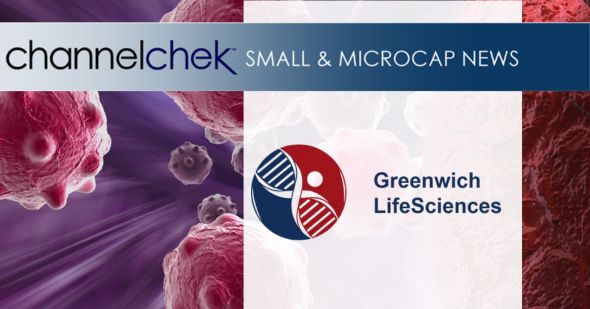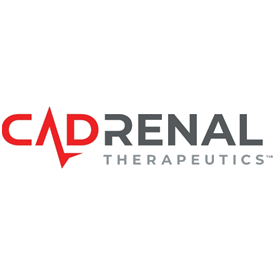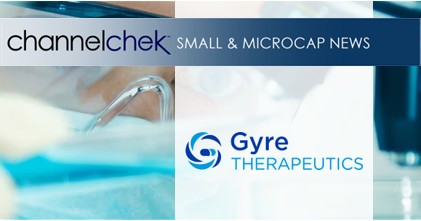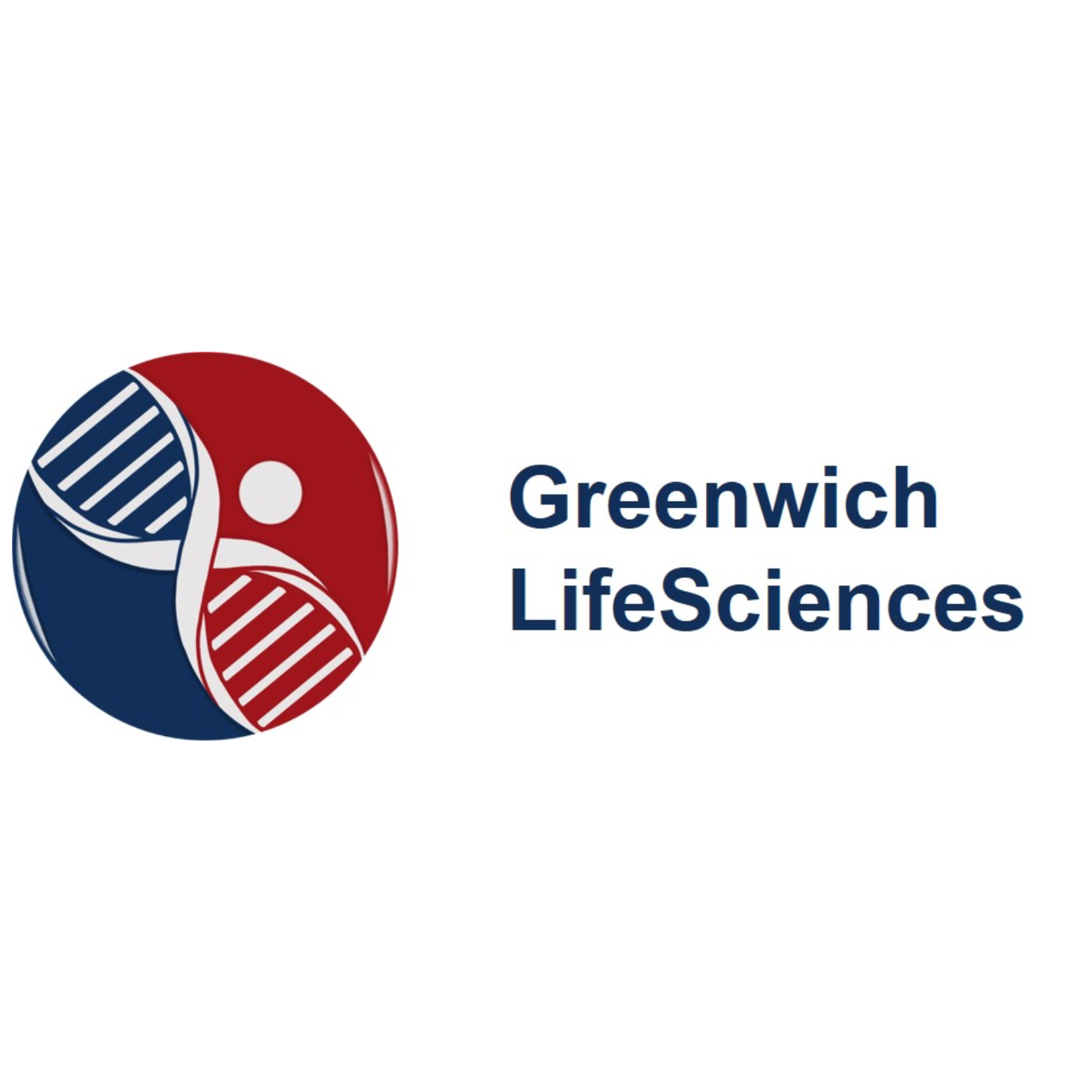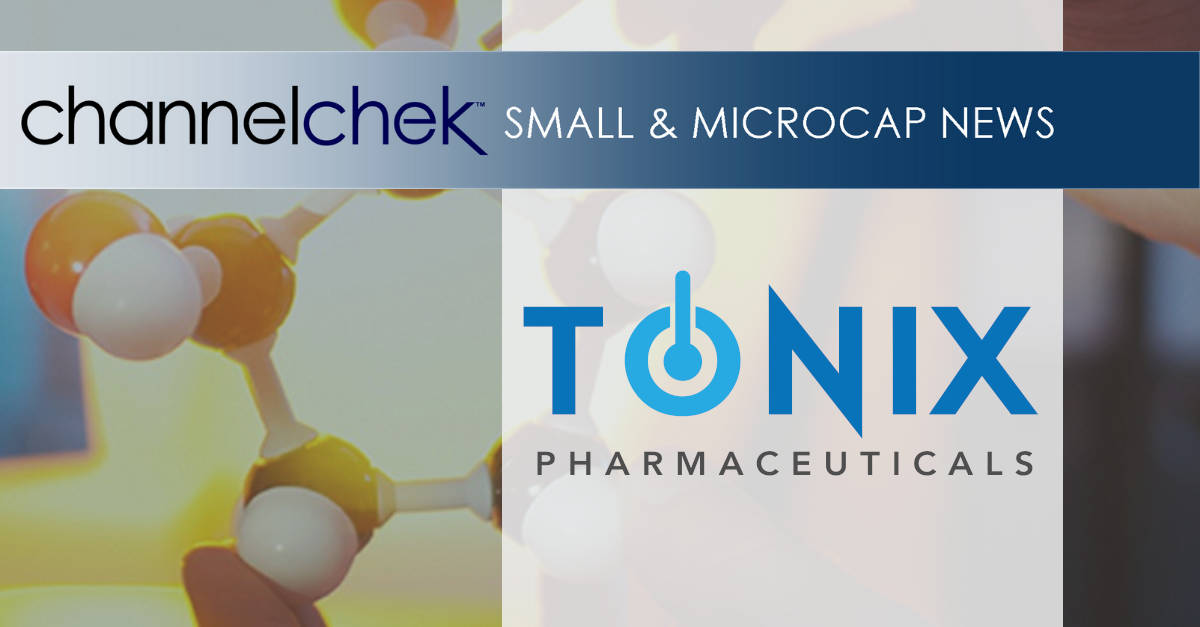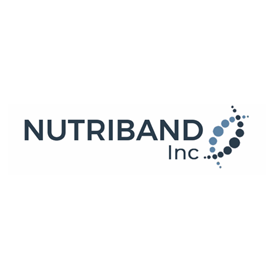
Research News and Market Data on GLSI
December 15, 2025 6:00am EST
STAFFORD, Texas, Dec. 15, 2025 (GLOBE NEWSWIRE) — Greenwich LifeSciences, Inc. (Nasdaq: GLSI) (the “Company”), a clinical-stage biopharmaceutical company focused on its Phase III clinical trial, FLAMINGO-01, which is evaluating GLSI-100, an immunotherapy to prevent breast cancer recurrences, today announced an approximately 80% recurrence rate reduction in the open label non-HLA-A*02 arm of FLAMINGO-01.
- A preliminary analysis of recurrence rates by two methods to estimate the reduction in recurrence rate shows an approximately 80% reduction in recurrence rate in the fully enrolled, 250 patient non-HLA-A*02 arm of FLAMINGO-01. This arm does not have a direct placebo comparator arm, thus these two methods were used.
- This observation is trending similarly to the Phase IIb trial results and hazard ratio where HLA-A*02 patients were treated and where breast cancer recurrences were reduced up to 80% compared to a 20-50% reduction in recurrence rate by other approved products. See the summary of the Phase IIb results below.
- The first non-HLA-A*02 patient has completed the 11 primary and booster vaccinations over the first 3 years.
In addition to announcing this first analysis of the recurrence rate data in the open label non-HLA-A*02 arm of FLAMINGO-01, the Company previously reported promising observations showing that the immune response at baseline prior to any GLSI-100 treatment, the increasing immune response during the primary immunization series, and the safety profile of non-HLA-A*02 patients is trending similarly to the HLA-A*02 arms of FLAMINGO-01 and to the Phase IIb study.
The Primary Immunization Series (PIS), which includes the first 6 GLSI-100 injections over the first 6 months and is required to reach peak protection, is followed by 5 booster injections given every 6 months to prolong the immune response, thereby providing longer-term protection.
In the 250 patient non-HLA-A*02 data set, all patients received GLSI-100, which is 5 times more treated patients and recurrence rate data than the approximately 50 patients treated in the Phase IIb trial. Since the 250 non-HLA-A*02 patients do not have a placebo arm for a direct comparison, the following two methods were used, yielding the 80% reduction in recurrence rate observation:
- Method 1: The recurrence rate of these 250 treated patients after completing the PIS was compared to the expected historical recurrence rate per year reported for this population in the Katherine study who received TDM1 (Kadcyla), which is about 3.5-4% recurrences per year or higher in the initial years of the Katherine study. The majority of the treated patients in FLAMINGO-01 also received TDM1 followed by GLSI-100. The data suggests an approximately 80% reduction in recurrence rate after the GLSI-100 PIS is completed as compared to the TDM1 arm of the Katherine study at a similar timepoint.
- Method 2: The recurrence rate during the first 6 months of vaccination or PIS period when the patient may not be fully protected or protected at all, which covered an exposure period of 100 patient years, was compared to the recurrence rate after the PIS is completed and after peak immunity is believed to be achieved, which covered an exposure period of 132 patient years. The exposure period (patient years) is defined as the cumulative number of years all patients are followed in a period. The data suggests that the peak immunity is lowering the recurrence rate by approximately 80% after the PIS is completed as compared to the recurrence rate during the PIS period.
- For the first 6 months of vaccination or PIS, the theoretical maximum patient years would be 250 patients at 0.5 years each or 125 patient years. Thus 100 completed patient years represents 80% of the maximum potential patient years and within 3 to 6 months all vaccinations during this period may be completed.
- For the period after the PIS is completed, the theoretical maximum patient years would be 250 patients at 3.5 years of follow-up each or 875 patient years. Thus 132 completed patient years represents 15% of the maximum potential patient years and represents an average of 9 months of follow-up time after the PIS for patients who have completed the PIS.
Analysis of the open label data from FLAMINGO-01 has been conducted in a manner that maintains the study blind. The open label recurrence rate, immune response, and safety data is based on the patients enrolled to date in FLAMINGO-01 and the data provided by the clinical sites so far, which is not completed or fully reviewed, and is thus preliminary. While comparing any preliminary FLAMINGO-01 data to the Phase IIb clinical trial data may be possible, these preliminary results are not a prediction of future results, and the results at the end of the study may differ.
CEO Snehal Patel commented, “We are very excited to announce in our 100th press release since going public that the first patient has completed the full primary and booster vaccination series in FLAMINGO-01. We are equally excited to see a positive trend in the recurrence rate in the non-HLA-A*02 arm of FLAMINGO-01, as assessed multiple ways, that is trending similarly to the Phase IIb trial results where HLA-A*02 patients were treated. Despite these being preliminary results that will mature and can change with time, seeing a reduction in expected recurrence rates that is trending towards a low HR of 0.2, which represents an 80% reduction in recurrence rate, is very encouraging and which is why along with the similarly promising safety and immune response data to date, we will seek to continue to treat non-HLA-A*02 patients in a placebo controlled manner in the study. We will continue to analyze the data and may provide updates at any time.”
Previously Published Phase IIb Data
In the prospective, randomized, single-blinded, placebo-controlled, multi-center (16 sites led by MD Anderson Cancer Center) Phase IIb clinical trial of HLA-A*02 breast cancer patients, 46 HER2/neu 3+ over-expressor patients were treated with GLSI-100, and 50 placebo patients were treated with GM-CSF alone. After 5 years of follow-up, there was an 80% or greater reduction in cancer recurrences in the HER2/neu 3+ patients who were treated with GLSI-100, followed, and remained disease free over the first 6 months, which we believe is the time required to reach peak immunity and thus maximum efficacy and protection. The Phase IIb results can be summarized as follows:
- 80% or greater reduction in metastatic breast cancer recurrence rate over 5 years of follow-up with a peak immune response at 6 months and well-tolerated safety profile.
- The PIS elicited a potent immune response as measured by local skin tests and immunological assays.
About FLAMINGO-01 and GLSI-100
FLAMINGO-01 (NCT05232916) is a Phase III clinical trial designed to evaluate the safety and efficacy of GLSI-100 (GP2 + GM-CSF) in HER2 positive breast cancer patients who had residual disease or high-risk pathologic complete response at surgery and who have completed both neoadjuvant and postoperative adjuvant trastuzumab based treatment. The trial is led by Baylor College of Medicine and currently includes US and European clinical sites from university-based hospitals and academic and cooperative networks with plans to open up to 150 sites globally. In the double-blinded arms of the Phase III trial, approximately 500 HLA-A*02 patients are planned to be randomized to GLSI-100 or placebo, and up to 250 patients of other HLA types are planned to be treated with GLSI-100 in a third arm. The trial has been designed to detect a hazard ratio of 0.3 in invasive breast cancer-free survival, where 28 events will be required. An interim analysis for superiority and futility will be conducted when at least half of those events, 14, have occurred. This sample size provides 80% power if the annual rate of events in placebo-treated subjects is 2.4% or greater.
For more information on FLAMINGO-01, please visit the Company’s website here and clinicaltrials.gov here. Contact information and an interactive map of the majority of participating clinical sites can be viewed under the “Contacts and Locations” section. Please note that the interactive map is not viewable on mobile screens. Related questions and participation interest can be emailed to: flamingo-01@greenwichlifesciences.com
About Breast Cancer and HER2/neu Positivity
One in eight U.S. women will develop invasive breast cancer over her lifetime, with approximately 300,000 new breast cancer patients and 4 million breast cancer survivors. HER2 (human epidermal growth factor receptor 2) protein is a cell surface receptor protein that is expressed in a variety of common cancers, including in 75% of breast cancers at low (1+), intermediate (2+), and high (3+ or over-expressor) levels.
About Greenwich LifeSciences, Inc.
Greenwich LifeSciences is a clinical-stage biopharmaceutical company focused on the development of GP2, an immunotherapy to prevent breast cancer recurrences in patients who have previously undergone surgery. GP2 is a 9 amino acid transmembrane peptide of the HER2 protein, a cell surface receptor protein that is expressed in a variety of common cancers, including expression in 75% of breast cancers at low (1+), intermediate (2+), and high (3+ or over-expressor) levels. Greenwich LifeSciences has commenced a Phase III clinical trial, FLAMINGO-01. For more information on Greenwich LifeSciences, please visit the Company’s website at www.greenwichlifesciences.com and follow the Company’s Twitter at https://twitter.com/GreenwichLS.
Forward-Looking Statement Disclaimer
Statements in this press release contain “forward-looking statements” that are subject to substantial risks and uncertainties. All statements, other than statements of historical fact, contained in this press release are forward-looking statements. Forward-looking statements contained in this press release may be identified by the use of words such as “anticipate,” “believe,” “contemplate,” “could,” “estimate,” “expect,” “intend,” “seek,” “may,” “might,” “plan,” “potential,” “predict,” “project,” “target,” “aim,” “should,” “will,” “would,” or the negative of these words or other similar expressions, although not all forward-looking statements contain these words. Forward-looking statements are based on Greenwich LifeSciences Inc.’s current expectations and are subject to inherent uncertainties, risks and assumptions that are difficult to predict, including statements regarding the intended use of net proceeds from the public offering; consequently, actual results may differ materially from those expressed or implied by such forward-looking statements. Further, certain forward-looking statements are based on assumptions as to future events that may not prove to be accurate. These and other risks and uncertainties are described more fully in the section entitled “Risk Factors” in Greenwich LifeSciences’ Annual Report on the most recent Form 10-K for the year ended December 31, 2024, and other periodic reports filed with the Securities and Exchange Commission. Forward-looking statements contained in this announcement are made as of this date, and Greenwich LifeSciences, Inc. undertakes no duty to update such information except as required under applicable law.
Company Contact
Snehal Patel
Investor Relations
Office: (832) 819-3232
Email: info@greenwichlifesciences.com
Investor & Public Relations Contact for Greenwich LifeSciences
Dave Gentry
RedChip Companies Inc.
Office: 1-800-RED CHIP (733 2447)
Email: dave@redchip.com

Source: Greenwich LifeSciences, Inc.
Released December 15, 2025
